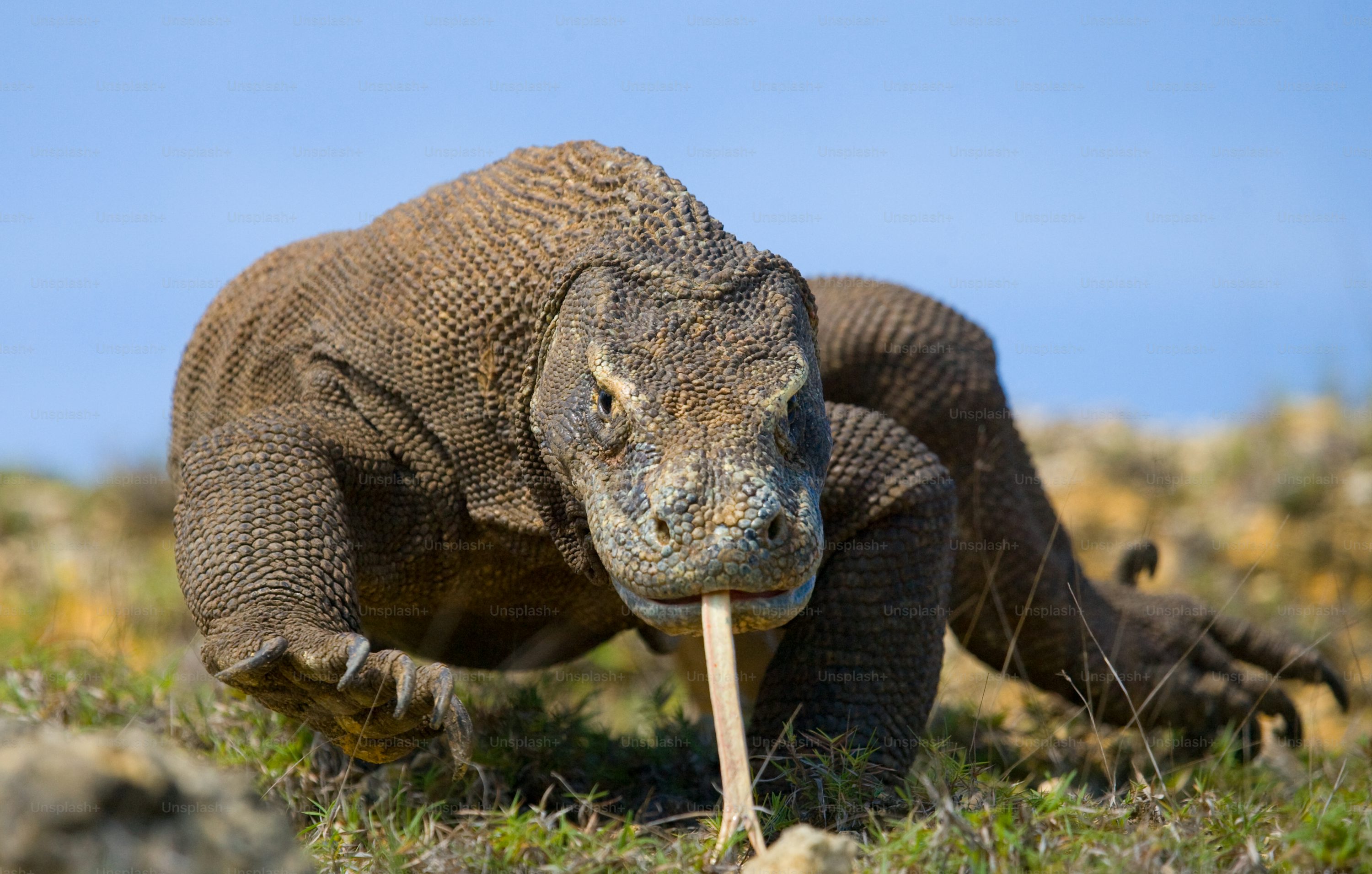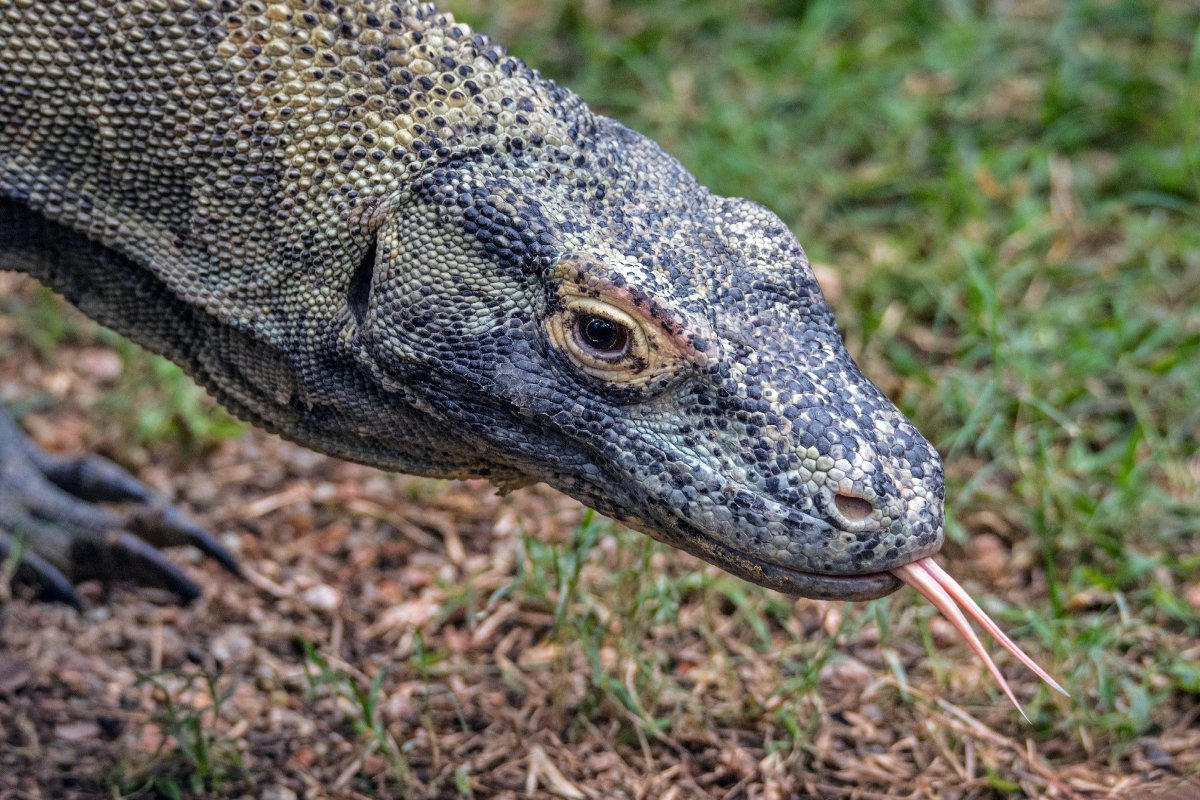Komodo dragons, the largest lizards on Earth, are fascinating creatures that play a crucial role in the ecosystem of their native habitats. However, their presence can have significant impacts on local agriculture in the regions where they roam. In this article, we will explore how Komodo dragons affect local agriculture and the challenges they pose to farmers and communities.
The Role of Komodo Dragons in the Ecosystem
Komodo dragons are apex predators in their natural habitat, primarily found on the Indonesian islands of Komodo, Rinca, Flores, and Gili Motang. These formidable reptiles play a vital role in maintaining the balance of the ecosystem by controlling the population of prey species such as deer, wild boar, and water buffalo. As top predators, they help regulate the population of herbivores, which in turn prevents overgrazing and habitat degradation.

Impact on Livestock
Despite their importance in the ecosystem, Komodo dragons can pose a threat to local agriculture, especially livestock farming. These carnivorous lizards have been known to attack and kill livestock such as goats, pigs, and chickens. For farmers relying on livestock for their livelihood, these attacks can result in significant economic losses. The presence of Komodo dragons near villages and farms creates a constant risk for farmers, leading to conflicts between humans and these reptiles.

Damage to Crops
In addition to preying on livestock, Komodo dragons can also cause damage to crops. While they are primarily carnivorous, these lizards are opportunistic feeders and may consume fruits, vegetables, and other crops grown by local farmers. Their foraging behavior can result in crop losses, affecting the livelihoods of agricultural communities. Farmers often struggle to protect their crops from these giant predators, leading to increased tensions between humans and Komodo dragons.

Conservation Efforts and Mitigation Strategies
Efforts are being made to address the challenges posed by Komodo dragons to local agriculture while ensuring the conservation of these iconic reptiles. Conservation organizations and government agencies work together to implement mitigation strategies that aim to reduce human-Komodo conflict. These strategies include the construction of fences around farms, the use of deterrents to keep Komodo dragons away from livestock and crops, and community education programs to raise awareness about coexisting with these predators.

Conclusion
In conclusion, while Komodo dragons are essential for maintaining the balance of their ecosystem, their interactions with local agriculture can present challenges for farmers and communities. Finding a balance between conservation efforts and agricultural needs is crucial to ensure the survival of both these magnificent creatures and the livelihoods of those living in Komodo dragon habitats. By implementing effective mitigation strategies and promoting coexistence, we can work towards a future where humans and Komodo dragons can thrive together in harmony.





